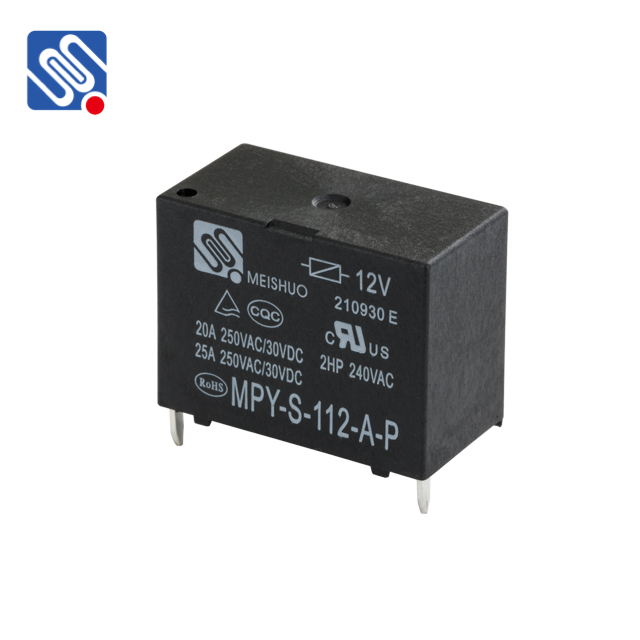Relays are essential components in various electrical and electronic systems, used for controlling high-power circuits with low-power signals. One of the critical factors in selecting the right relay for an application is its voltage rating. The relay voltage rating determines the electrical parameters within which the relay can operate safely and effectively. This article delves into the significance of relay voltage ratings, explaining their different aspects and how they affect the performance of a relay.

What is Relay Voltage Rating? The relay voltage rating refers to the voltage values at which a relay can safely operate without causing damage or failure. This rating is typically divided into two main categories: the coil voltage rating and the contact voltage rating. Coil Voltage Rating: The coil voltage rating is the voltage required to activate the relay’s electromagnetic coil, which controls the switching mechanism. When an appropriate voltage is applied to the relay coil, it generates a magnetic field that either opens or closes the relay’s contacts. Common coil voltage ratings include 5V, 12V, 24V, and 48V, though other voltages are also available. It is crucial to match the coil voltage rating to the control system’s voltage to ensure proper functioning.